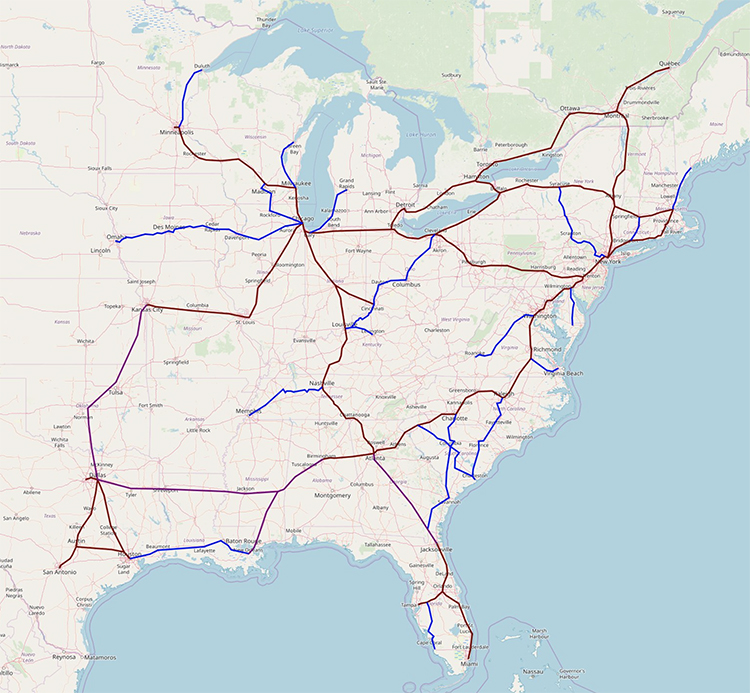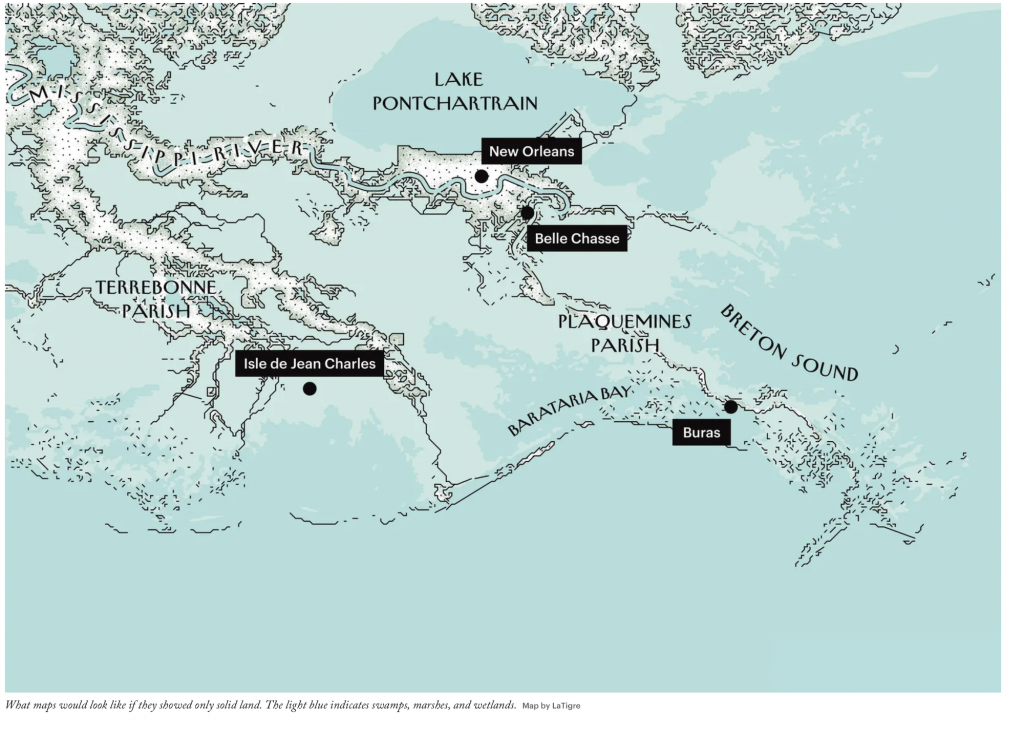At the risk of sounding like some past (and very likely coming to screen near you in the adjacent soon) Mercedes Benz and/or other brand advertisement, the luxury of being in a position to do something about climate change is also a handy rationale to not do that something. Worry over the future of polluting industries and their investors as equal to concerns about the planet implies a false choice. And we love those:
The story of tonight?
McAuliffe is running a bit ahead of Biden among non-white voters in Virginia. He's behind a few with white men. But he's getting clobbered by white women. https://t.co/2JJq8F4MS8
— Sahil Kapur (@sahilkapur) November 3, 2021
Sorry, but there is no Trump Light, or Trump without the fill-in-this-blank. It’s only a sleep walk into fascism, sorry. Listen to what they run on. Banning Beloved would only be a starting place.
Meanwhile in Scotland, some of our betters are engaged in the COP26 think-scussions:
Humm recently shifted Eleven Madison Park from an omnivore’s menu to one focused on plants, a change that took effect this summer after his restaurant reopened from the coronavirus pandemic shutdown. Hearst has focused much of her energy on reducing waste in the New York design house that bears her name, as well as at Chloe, the Paris-based luxury firm where she is creative director. In October, Chloe became a certified B Corporation, which means it meets independent standards for environmental and social performance, as well as transparency.
“It’s not only about climate change, but it’s also about what does luxury mean,” Humm says about their upcoming conversation in Glasgow. “I think we both realize that, you know, not everyone — or only a few people — have access to our restaurant or Gabriela’s clothes. But we do have these incredible resources and this incredible platform that people are actually paying attention to.”
“Some of the ideas of luxury are old ideas that have to be refreshed,” Humm continues. “For example, we are still celebrating caviar as a luxury ingredient … and there is nothing luxurious about caviar. It’s farm-raised. It’s flown in. It’s not rare at all. And it doesn’t even taste good. This is an old idea.”
A future is not THE future. Reckoning with the many complications of the actual problem of a warming planet caused by out-of-control carbon emissions will re-define luxury, and perhaps even put the concept out to pasture. We will realize that enjoying privations is not luxury but sociopathy. Basking in a scarce resource – whether it be time, security, clean water, or perceived reasonableness – has to be treated as wasteful, if not immoral. Like shrugging before you give your vote to a soft authoritarian. That’s a luxury you can’t afford.







